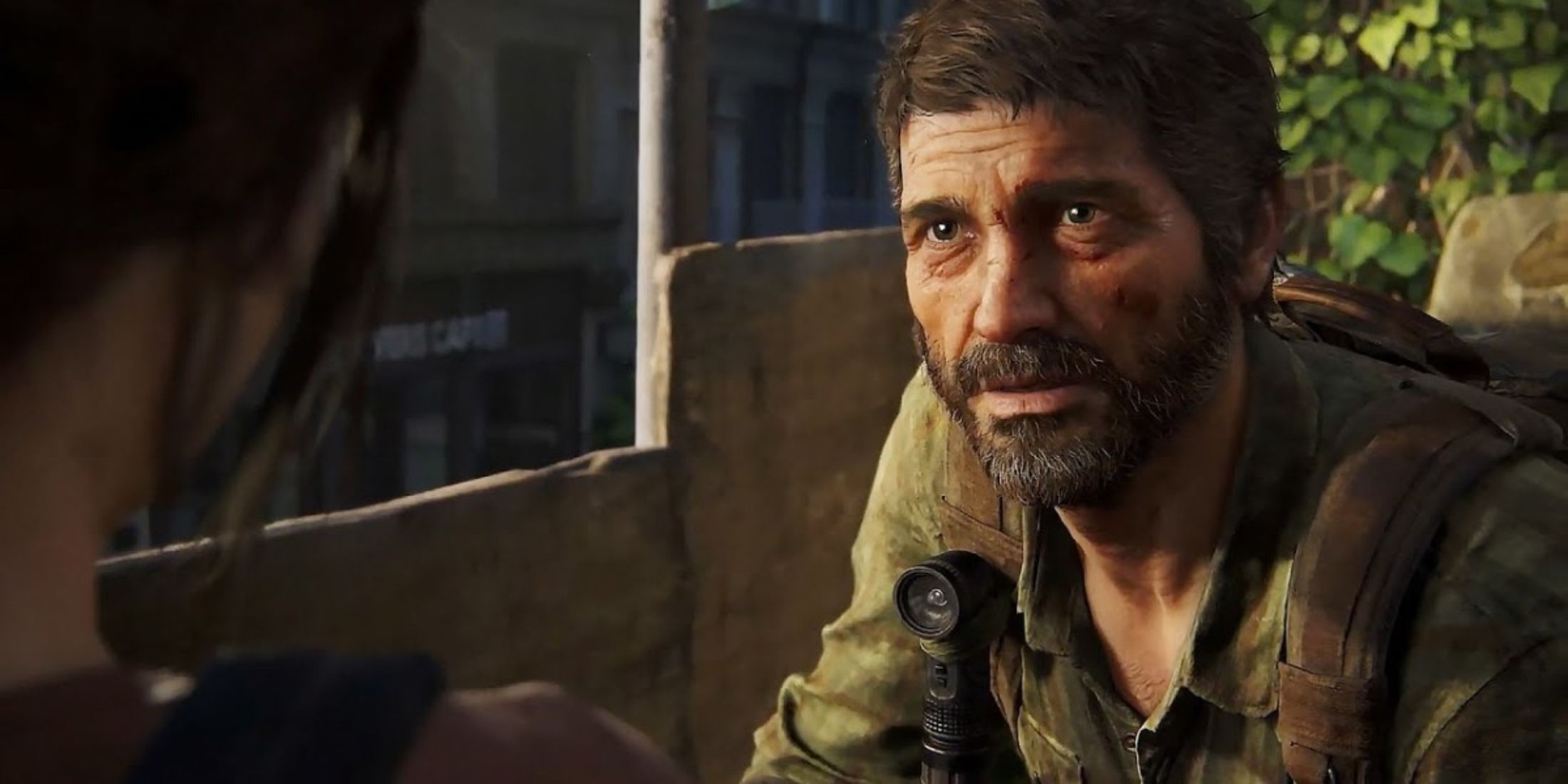
In The Last of Us Part 1, Joel was the primary playable protagonist for the majority of the game. His playstyle was deliberate, reflecting his role as a hardened survivor. However, Ellie is also playable; while Joel’s gameplay relied on heavy melee attacks, firearms, and crafting, Ellie’s segments hinted at the nimble and stealth-driven style that eventually defined her character’s gameplay in The Last of Us Part 2.
This duality was subtle in the first game but became a core design philosophy in The Last of Us' sequel, where Ellie and Abby both brought vastly different playstyles to the forefront. By fully leaning into these contrasting approaches, the sequel created a dynamic gameplay experience, albeit one that came with its own set of challenges. If The Last of Us Part 3 opts for a single protagonist, the lessons learned from this evolution could shape a character who balances the best of both styles.
The Last of Us 2 Made the Gameplay Have Depth

The transition to The Last of Us Part 2 brought a dramatic shift in both mechanics and how it felt to engage with the world. Playing as Ellie introduced agility and precision that made gameplay feel faster and more responsive. Her ability to go prone, squeeze through tight spaces, and use her bow to silently pick off enemies made stealth a central focus. The addition of silenced pistols further enhanced the stealth options and allowed players to remain undetected in situations that would have forced Joel Miller into direct conflict.
Ellie’s smaller frame and lighter weaponry in comparison to Joel also created a sense of fragility, but this was balanced by her creativity in crafting tools like traps and Molotovs. All things considered, combat as Ellie is tense and requires The Last of Us players to think ahead, plan movements, and prioritize precision over brute force. On the other hand, switching to Abby later in the game felt like stepping into an entirely different role that emphasized power and dominance.
Abby Had a Relatively Heaver Build
Abby’s heavier build and military training meant her melee attacks landed with more force, not unlike when playing as Joel in the first game. Her arsenal, in particular, featuring shotguns, flamethrowers, and pipe bombs makes direct confrontation far more viable and feels empowering compared to Ellie’s vulnerability, but this came with trade-offs. Abby lacked Ellie’s stealth finesse, and that makes it harder to rely on subtlety in combat.
The Change in Playstyles Wasn’t Without Drawbacks
Rather, Ellie’s reliance on stealth, for instance, could feel limiting in moments when combat was unavoidable, while Abby’s brute-force approach lacked the elegance and flexibility of stealthier tactics. This separation highlights the strengths of each Last of Us character but also exposes weaknesses when considering the game as a whole. The first game had a similar style of gameplay divided between two playable characters, but with Joel being playable for the vast majority, it arguably wasn't as alarming.
The Last of Us' Next Installment Needs to Balance This Dichotomy

Looking ahead to The Last of Us Part 3, if Naughty Dog features a single protagonist, the challenge will be combining these gameplay philosophies into one cohesive experience without losing the depth that came from the dual approach. Although Naughty Dog has yet to unveil any details about the next installment, if the game decides to move to a single protagonist moving forward or even has multiple, there should be at least one character that feels as versatile and dynamic as situations demand, and who is able to seamlessly shift between stealth and combat.


-1733456430-q80.webp)
